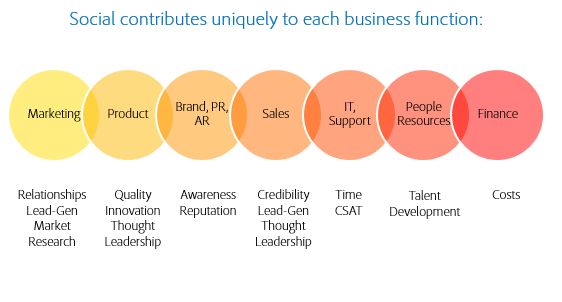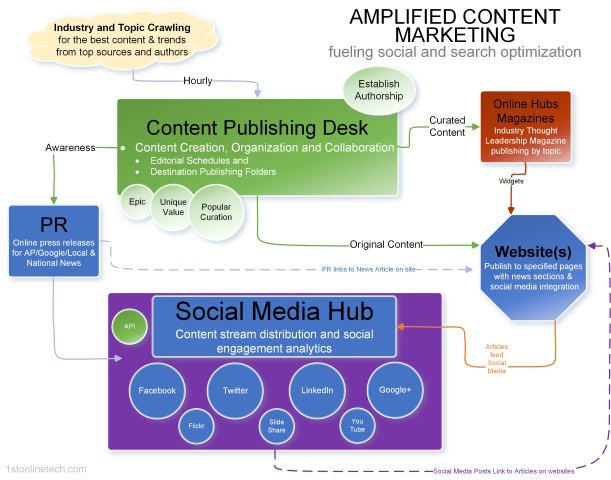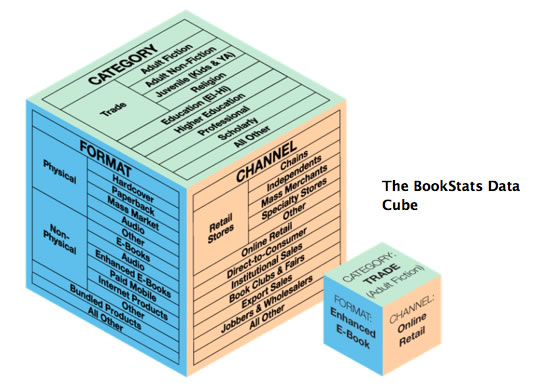Content is the fuel that engages your audience on social media. To engage (meaning) to succeed in attracting and keeping somebody’s attention and interest. Here are nine proven ways to create and share engaging social media content. Stop Using Text, Start Showing. … Use High-Quality Stock Photography. … Recycle Your Evergreen Content into Infographics. … […]
BLOGGING IS ALIVE AND WELL
Some pundits have suggested that the blog is dead, but it’s not. Blogging has simply evolved from a consumer activity into a sophisticated marketing tactic. The best marketers have figured out that if you’re going to have long-term success in this content marketing evolution, investment in owned digital properties is mandatory. 71% of marketers are […]
Social Media’s Value is more than Marketing
With increased visibility and investment in managing and marketing on social channels comes the need to evaluate performance. Companies invest heavily in social media and executives want to know how social is contributing to the bottom line the challenge is in providing the right level of data to the right audience, while delivering key insights […]
Content marketing and its connection with social media
Content marketing and its connection with social media Now in this part, let’s talk about how content marketing is connected with social media. Content marketing plays a big role for social media marketing, because of these connecting elements that help in shaping content marketing strategy for social media: Goals Target audience Product preview Communication Plans […]
Content Marketing Adopts a Publisher Mindset
What It Means to Adopt a Publisher Mindset and Steps to Making It Happen Adopting a publisher mindset means understanding what publishers value, what they look for in content, and then what they feel needs to be done to that content once it’s published. Publishers like strict schedules. Because publications deal with so much content, […]




